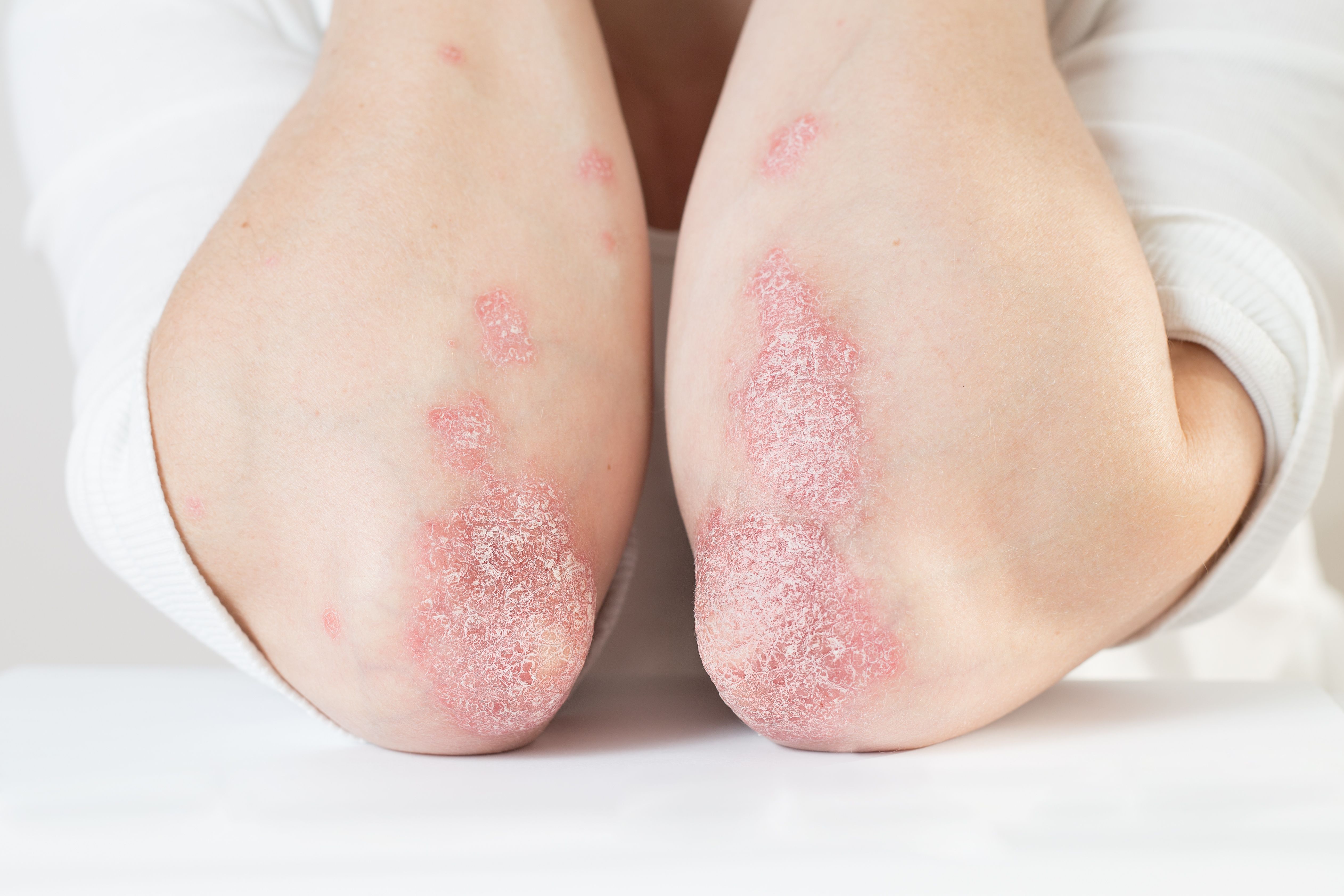Article
FDA Accepts Dupixent for Priority Review for Eosinophilic Esophagitis
Author(s):
Regeneron’s supplemental biologics license application for the drug targets patients aged 12 years and older.
The FDA has accepted the supplemental biologics license application (sBLA) for dupilumab (Dupixent, Regeneron) 300 mg for priority review for the treatment of individuals aged 12 years and older with eosinophilic esophagitis (EoE), a chronic and progressive type 2 inflammatory disease that damages the esophagus and impairs the ability to swallow.
The target action data for the FDA decision is August 3, 2022.
Dupilumab is a fully human monoclonal antibody that inhibits the signaling of the interleukin-4 and interleukin-13 pathways and is not an immunosuppressant.
The sBLA is supported by data from 2 phase 3 trials evaluating the efficacy and safety of dupilumab and by data from an active long-term extension trial.
Investigators found that dupilumab 300 mg, weekly, significantly improved the signs and symptoms of EoE at 24 weeks compared with the placebo, including the ability to swallow and reduction in eosinophil count in the esophagus.
The safety results of these trials were consistent with the known safety profile of dupilumab in its approved indication.
The most common adverse event (AE) observed with dupilumab was injection site reaction.
Other AEs include eye and eyelid inflammation, including itching, redness, and swelling; insomnia, joint pain, and toothaches, which were all observed in other indications.
In September 2020, the FDA granted breakthrough therapy designation to dupilumab for the treatment of individuals aged 12 years and older with EoE. Additionally, dupilumab was granted orphan drug designation for the potential treatment of EoE in 2017.
Priority review is granted to therapies that have the potential to provide significant improvements in the diagnosis, prevention, or treatment of serious conditions. Regulatory filings around the world are also planned in 2022.
The potential use of dupilumab in EoE is under clinical development, and the efficacy and safety have not been fully evaluated by any regulatory authorities.
Dupilumab is indicated to treat individuals, aged 6 years and older, with moderate-to-severe atopic dermatitis that is not well controlled with prescription therapies used on the skin. Additionally, it is indicated for use with other asthma medications for the maintenance treatment of moderate-to-severe eosinophilic or oral steroid-dependent asthma in individuals aged 6 years or older whose asthma is not controlled with their medications.
It is also indicated for use with other medications for the maintenance treatment of chronic rhinosinusitis with nasal polyposis in adults whose disease is not controlled.
The company is also studying dupilumab in other disease areas driven by type 2 inflammation or other allergic processes, including chronic obstructive pulmonary disease with evidence of type 2 inflammation, chronic rhinosinusitis without nasal polyposis, chronic spontaneous urticaria, pediatric atopic dermatitis, and prurigo nodularis.
Dupilumab has been studied across more than 60 clinical trials that involved more than 10,000 individuals with various chronic diseases driven in part by type 2 inflammation.
Reference
FDA accepts Dupixent (dupilumab) for priority review in patients aged 12 years and older with eosinophilic esophagitis. Regeneron. News release. April 4, 2022. Accessed April 5, 2022. https://investor.regeneron.com/news-releases/news-release-details/fda-accepts-dupixentr-dupilumab-priority-review-patients-aged-12
Newsletter
Stay informed on drug updates, treatment guidelines, and pharmacy practice trends—subscribe to Pharmacy Times for weekly clinical insights.

FDA Approves Roflumilast Topical Foam 0.3% for Plaque Psoriasis in Adults and Children





